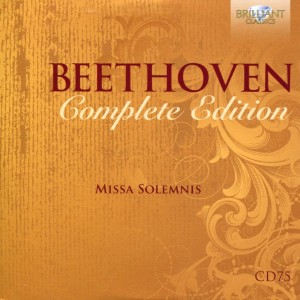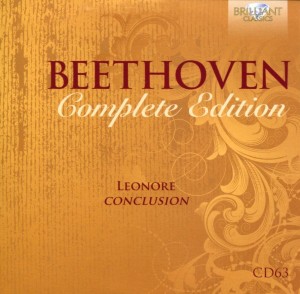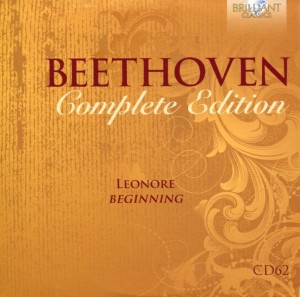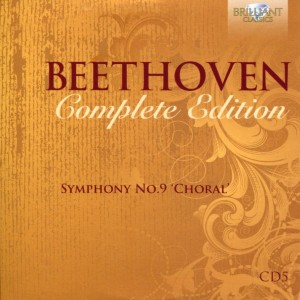 Today’s CD is Missa Solemnis in D Op. 123.
Today’s CD is Missa Solemnis in D Op. 123.
If “Solemnis” means solemn then this is aptly named.
It has a weightiness about it.
And a bigness.
This choir sounds massive.
Believe it or not, even though this is a vocal composition – a mass, no less – I like it.
Choirs this big, with those soaring soprano voices, often give me the chills.
This one definitely did. (And, yes, Missa Solemnis means Solemn Mass.)
According to its entry on Wikipedia, this one of Beethoven’s biggies.
The Missa solemnis in D major, Op. 123, was composed by Ludwig van Beethoven from 1819 to 1823. It was first performed on 7 April 1824 in St. Petersburg, Russia, under the auspices of Beethoven’s patron Prince Nikolai Galitzin; an incomplete performance was given in Vienna on 7 May 1824, when the Kyrie, Credo, and Agnus Dei were conducted by the composer. It is generally considered one of the composer’s supreme achievements and, along with Bach’s Mass in B minor, one of the most significant Mass settings of the common practice period.
This certainly sounds significant. It’s beautiful.
There are five parts to this composition:
1. Kyrie
2. Gloria
3. Credo
4. Sanctus
5. Agnus Dei
Gloria is stunning – powerful and beautiful.
Of Credo, the Wiki entry tells us it is,
One of the most remarkable movements to come from Beethoven’s pen opens with a chord sequence that will be used again in the movement to effect modulations. The Credo, like the Gloria, is an often disorienting, mad rush through the text. The poignant modal harmonies for the “et incarnatus” yield to ever more expressive heights through the “crucifixus”, and into a remarkable, a cappella setting of the “et resurrexit” that is over almost before it has begun. Most notable about the movement, though, is the closing fugue on “et vitam venturi” that includes one of the most difficult passages in the choral repertoire, when the subject returns at doubled tempo for a thrilling conclusion.
I gotta tell you, this movement is so massive, so overwhelming, that it nearly made me cry. I was that moved.
Performers are:
Anna Tomowa-Sintow soprano
Anelies Burmeister alto
Peter Schreier tenor
Hermann Christian Polster bass
Gerhard Bosse solo violin
Hannes Kastner organ
Rundfunkchor Leipzig
Horst Neumann chorus master
Gewandhausorchester Leipzig
Kurt Masur conductor
According to Wiki, this took Beethoven four years to compose. He started when he was 49 and finished when he was Continue reading



